In this comprehensive guide, we explore the various functions of lights stage in theater and live performance settings. We cover the essentials of visibility, mood, and focus, as well as the more subtle aspects of storytelling, atmosphere, and sculpting. With a deeper understanding of these functions, you'll be better equipped to create a captivating experience for your audience.
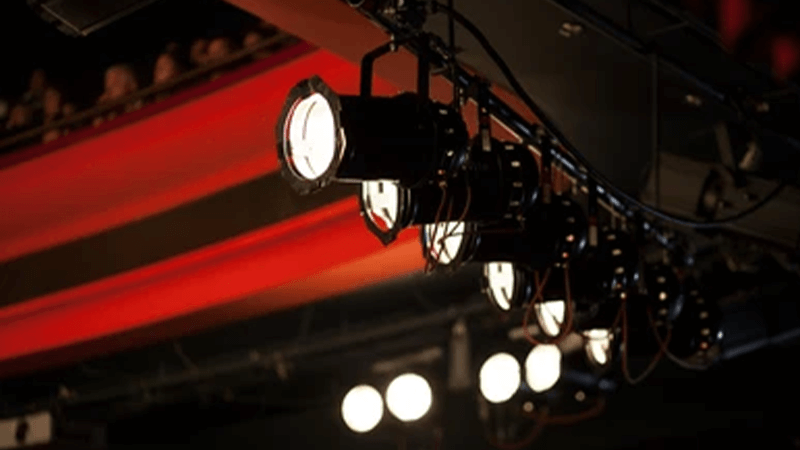
Table of Contents
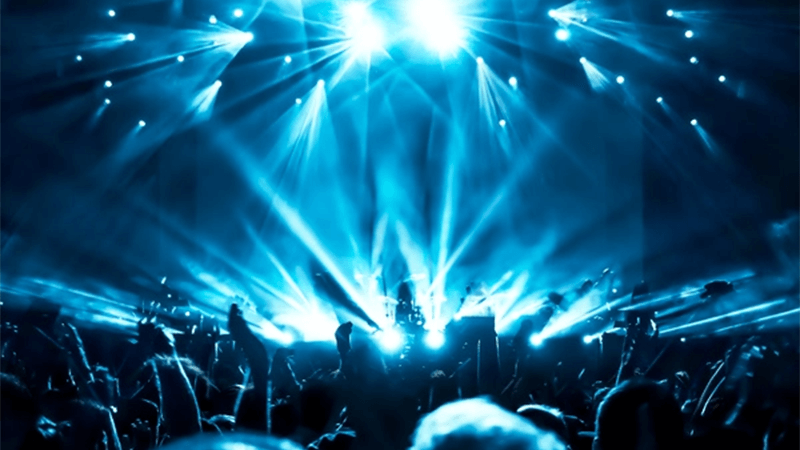
Enhancing Visibility
One of the primary functions of lights stage is to ensure that performers and set pieces are visible to the audience. Appropriate lighting levels are essential for allowing the audience to see facial expressions, body language, and costumes, which are all integral elements of live performance. Key lighting techniques for enhancing visibility include:
- Frontlighting: Illuminates the performers from the front, which reduces shadows and provides clear visibility.
- Backlighting: Casts light from behind the performers, creating a sense of depth and dimensionality.
- Toplighting: Shines light from above the stage, emphasizing texture and adding a dramatic effect to the scene.
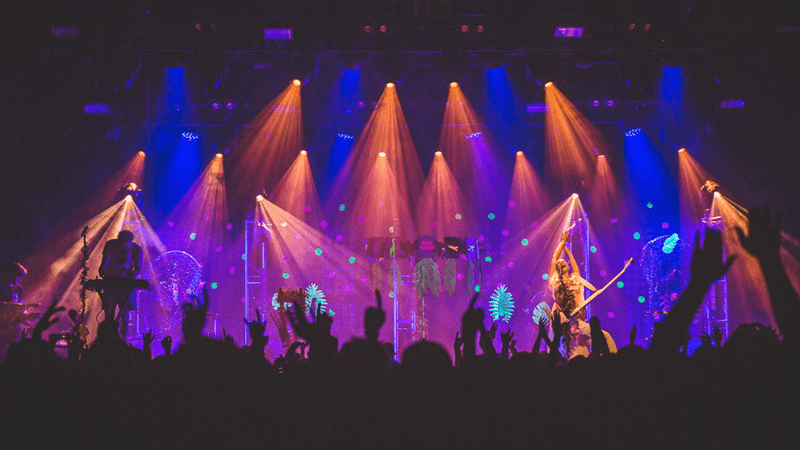
Creating Mood and Atmosphere
lights stage plays a significant role in establishing the overall mood and atmosphere of a production. By using various colors, intensities, and angles, lighting designers can evoke specific emotions and create a specific ambiance. Some common mood-setting techniques include:
- Gobos: Stencils placed in front of lighting instruments to project patterns or shapes onto the stage, adding depth and visual interest.
- Color gels: Colored sheets of heat-resistant plastic placed in front of lighting instruments to change the color of the light, which can influence the mood and atmosphere.
- Dimmers: Devices that control the intensity of the light, allowing for smooth transitions between scenes and adjustments in overall brightness.
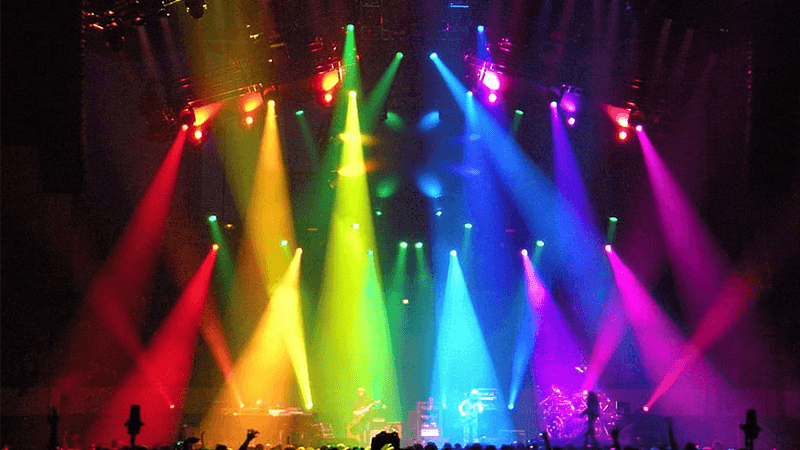
Directing Focus and Attention
Another crucial function of stage lighting is to guide the audience's focus and attention throughout the performance. By selectively illuminating specific areas or characters, lighting designers can emphasize important moments or guide the audience's eye to a particular element on stage. Techniques for directing focus include:
- Spotlights: Focused beams of light that can be aimed at specific performers or objects, drawing the audience's attention to them.
- Pools of light: Areas of concentrated light that create visual contrast and guide the audience's eye.
- Cross-fading: Gradually transitioning between two lighting states, which can shift the audience's focus from one area or character to another.
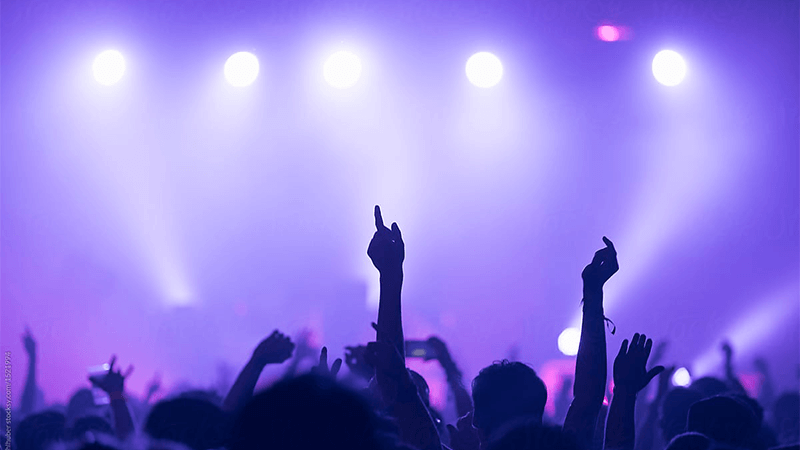
Reinforcing Storytelling
lights stage can also be used to reinforce the narrative and themes of a production. By adjusting the lighting to reflect the time of day, location, or emotional tone of a scene, lighting designers can enhance the storytelling and make the performance more immersive. Storytelling techniques include:
- Color symbolism: Using specific colors to represent emotions, characters, or thematic elements.
- Shadow play: Employing shadows to create mystery or tension, or to suggest offstage action.
- Motivated lighting: Mimicking natural light sources, such as sunlight or candlelight, to create a sense of realism.
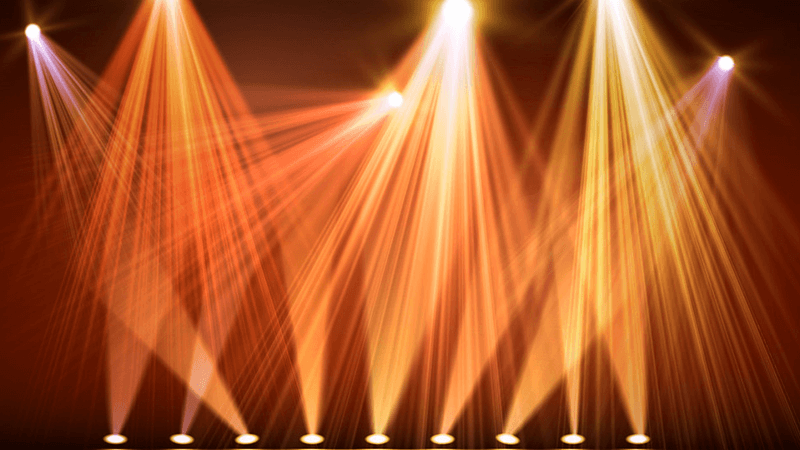
Sculpting with Light
The art of sculpting with light involves using lighting techniques to emphasize the three-dimensionality of performers and set pieces. By carefully selecting the angle, intensity,and color of the light, lighting designers can accentuate the shapes, textures, and forms on stage, creating a visually engaging experience for the audience. Some methods for sculpting with light include:
- Side lighting: Illuminating performers and objects from the sides, which emphasizes their contours and creates a sense of depth.
- Low-angle lighting: Casting light from a low angle, which can accentuate facial features and create interesting shadows.
- Split lighting: Using two light sources from opposite angles to create contrasting highlights and shadows, adding depth and dimension to the scene.
Types of lights stage Instruments
To accomplish the various functions of stage lighting, designers employ a range of lighting instruments. Some of the most common types include:
- Fresnels: Versatile fixtures that produce a soft-edged, even wash of light, ideal for general illumination and visibility.
- Ellipsoidal reflector spotlights (ERS): Also known as Lekos, these fixtures produce a focused, sharp-edged beam of light, perfect for spotlights and gobo projections.
- Parabolic aluminized reflector (PAR) cans: Simple and cost-effective fixtures that provide a strong, intense beam of light, suitable for backlighting and color washes.
- Moving lights: Automated fixtures that can pan, tilt, and zoom, offering flexibility and dynamic effects for modern productions.
Conclusion
Stage lighting plays a vital role in bringing a live performance to life by enhancing visibility, creating mood and atmosphere, directing focus, reinforcing storytelling, and sculpting with light. With a deeper understanding of these functions and the various lighting instruments at their disposal, lighting designers can craft unforgettable experiences that captivate audiences and transport them into the world of the performance.
By employing a combination of innovative techniques and a thoughtful approach to lighting design, you can create a production that not only outranks the competition but leaves a lasting impression on your audience.
lights stage Functions FAQ
Q1: What is the primary purpose of lights stage?
A1: The primary purpose of lights stage is to enhance the visibility of performers and set pieces, ensuring the audience can clearly see facial expressions, body language, and costumes. It also plays a crucial role in establishing mood and atmosphere, directing focus, reinforcing storytelling, and sculpting with light.
Q2: How does lights stage create mood and atmosphere?
A2: lights stage creates mood and atmosphere by using various colors, intensities, and angles to evoke specific emotions and ambiance. Common techniques include using gobos, color gels, and dimmers to create visual interest, adjust color tones, and control the overall brightness.
Q3: How can lights stage be used to direct focus and attention?
A3: lights stage directs focus and attention by selectively illuminating specific areas or characters, emphasizing important moments, or guiding the audience's eye to a particular element on stage. Techniques for directing focus include spotlights, pools of light, and cross-fading.
Q4: How does lights stage reinforce storytelling?
A4: lights stage reinforces storytelling by adjusting the lighting to reflect the time of day, location, or emotional tone of a scene, enhancing the narrative and making the performance more immersive. Techniques include color symbolism, shadow play, and motivated lighting.
Q5: What is sculpting with light?
A5: Sculpting with light is the art of using lighting techniques to emphasize the three-dimensionality of performers and set pieces, accentuating shapes, textures, and forms on stage. Methods for sculpting with light include side lighting, low-angle lighting, and split lighting.
Q6: What are some common types of stage lighting instruments?
A6: Common types of stage lighting instruments include Fresnels, ellipsoidal reflector spotlights (ERS), parabolic aluminized reflector (PAR) cans, and moving lights. Each type has specific characteristics that make it suitable for different applications and effects.
